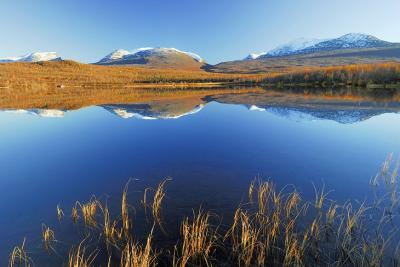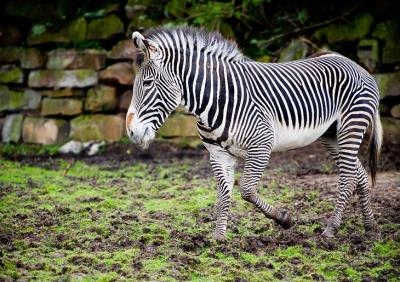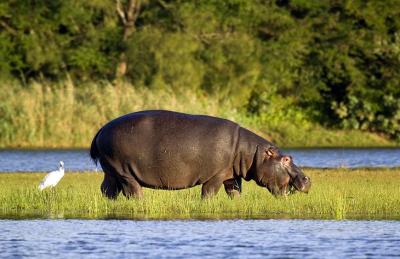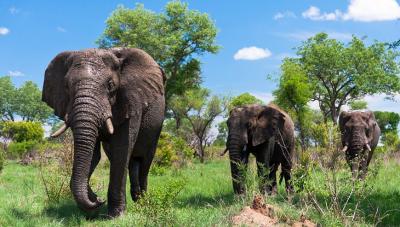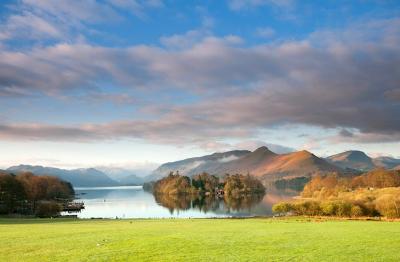16 Results in category Wildlife Conservation tours and volonteering
Over 10,000 wild life species have gone extinct over the years and over 27,000 are faced with the threat of extinction if proper action is not taken to prevent it. It is therefore upon humanity to protect the remaining from following the same route. Wildlife conservation involves protecting various animal species and their habitats to prevent them from going extinct. Major threats to wildlife include habitat destruction like deforestation, overexploitation, poaching, hunting, pollution and climate change.
The following are the four main types of conservation. They all play a major role in protecting the ecosystem.
- Environmental Conservation
This is using the environment sustainably without ruining the resources. This ensures continued support from the environmental resources. Naturally, environmental conservation comes in many different forms. Environmental conservation ranges from recycling waste, to cleaning the beaches of plastic use control, to replanting trees and removing invasive species and educating the locals to ensure conservation becomes a way of life,
- Animal conservation
Animal conservation is the protection of endangered animal species, along with their habitats. Across the world there are animal conservationists working to identify species that are in need of help and protecting them, which often involves keeping animals in captivity until they have a safe place to live in the wild. It mainly involves protection from poachers and confining the animals to keep them safe.
- Marine Conservation
Oceanic ecosystems and marine life also require to be protected from extinction. Marine conservation involves protecting these species through reducing human activities like fishing, whaling and water pollution in their habitats.
- Human Conservation
People too are in danger mostly from themselves. Certain procedures need to be put in place to keep them alive. We can also improve the world we live in through educating more people of the dangers of climate change and teach them eco-friendlier methods to apply.
In summer, this is the Land of the Midnight Sun with 24-hour daylight lasting several weeks. The park is some 77 square kilometers in size and famous for its pristine natural beauty and Nordic wildlife.
Located in Upton, just over a mile north of Chester city center, Chester Zoo is England's most visited attraction outside of London and is one of the best places to visit in England for families.
The Netherlands is often thought of as a small country primarily made up of small towns and cities but actually, it has some wonderful national parks.
This beautiful national park includes miles of raw coastline on over 300 separate islands. Each has hiking trails with spectacular ocean and cliff views.
iSimangaliso means "miracle and wonder" in the Zulu language, and it's a fitting name for this World Heritage Area, home to Africa's largest estuarine system
A merger of South Africa's Kalahari Gemsbok National Park and Botswana's Gemsbok National Park, the Kgalagadi Transfrontier Park is one of the largest wilderness areas in the world.
Killarney National Park, with idyllic lakes and ancient woodlands backed by the serrated MacGillycuddy’s Reeks mountains, is an area of stunning natural beauty.
Kruger National Park is one of the best game reserves in Africa, and one of the oldest in South Africa. If you're a wildlife lover, this famous park definitely needs to be on your South Africa itinerary.
Home to more than 140 different species from across the world, Lagos Zoo offers a family-friendly alternative to the crowded Algarve coast
Covering some 900 square miles, Lake District National Park is a must-visit destination for travelers to England.

